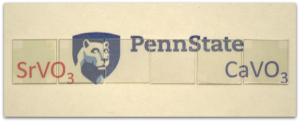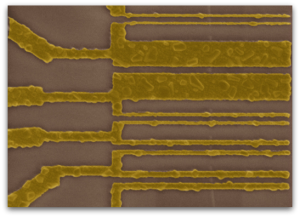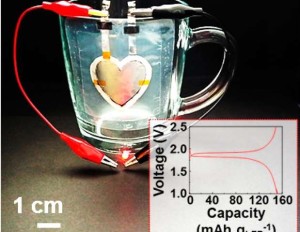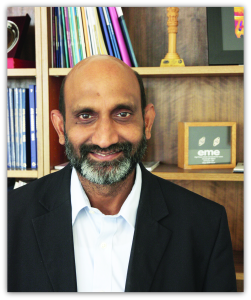A research team, including ECS members Stephen Doorn and Erik H Hároz, has created flexible, wafer-scale films of highly aligned and closely packed carbon nanotubes thanks to a simple filtration process. In a discovery that was previously though impossible, the researchers found that in the right solution and under the right conditions, the tubes can assemble themselves by the millions into long rows.
(ICYMI: Get the freshman 101 on carbon nanotubes from nanocarbons expert Bruce Weisman.)
“Once we have centimeter-sized crystals consisting of single-chirality nanotubes, that’s it,” said Junichiro Kono, Rice University physicist leading the study. “That’s the holy grail for this field. For the last 20 years, people have been looking for this.”






